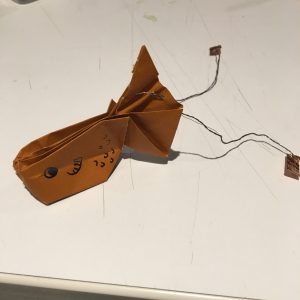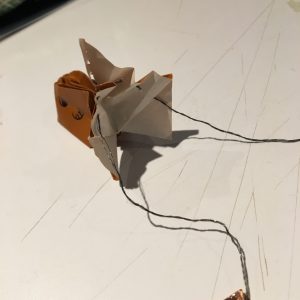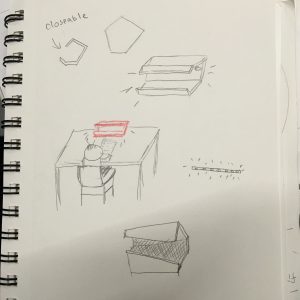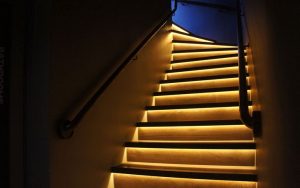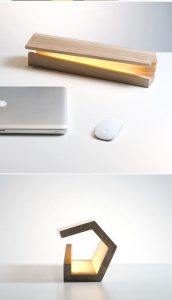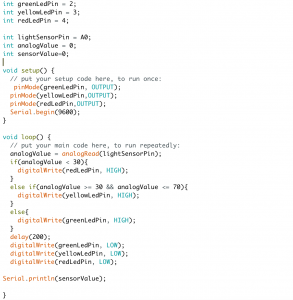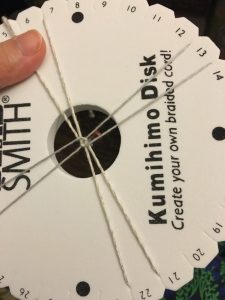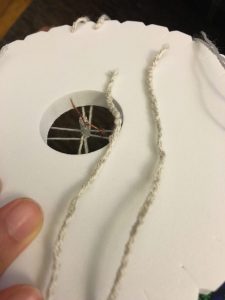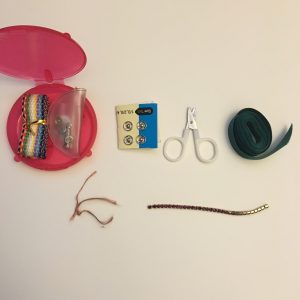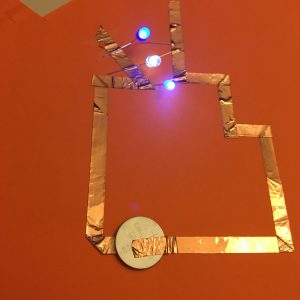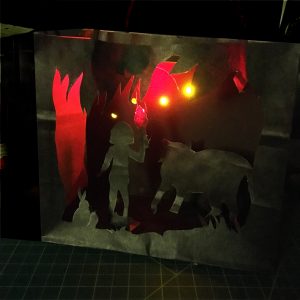In this project, I really take the time to test and play with thermochromic pigment. As a part of my background is fashion, I also bring the technique to weave by sheets that I paint. I am quite happy with this kind of idea to engage two different fields.
” From Decomposition to reorganization ”
Instead of weaving before coloring it, I like how I paint the individual sheets first and use the weaving skill to make it into a brand new piece. (Kind of starting from not real idea to be a little art piece.) I also like the challenge of material choosing. The felt is actually working well that I thought— the structural thickness and also how the texture interacts with the paint.
I think I would love to work more on the combination of ideas into some other forms, eg. different woven style and the shapes that create out of the woven…. etc.
Feedback from class:
1. I agree with Sofia’s idea: to create the 8-bit images instead of a simple line sewing.
2. And what Cat said inspired me too …. ” think about what I have and continue work on it since it is already a pretty piece…. why adding just a deer or something which was not quite related.
Here is my Instructables
Here is my slide
